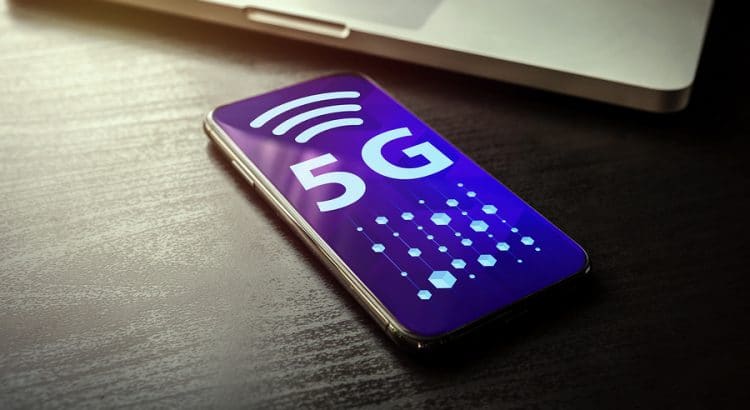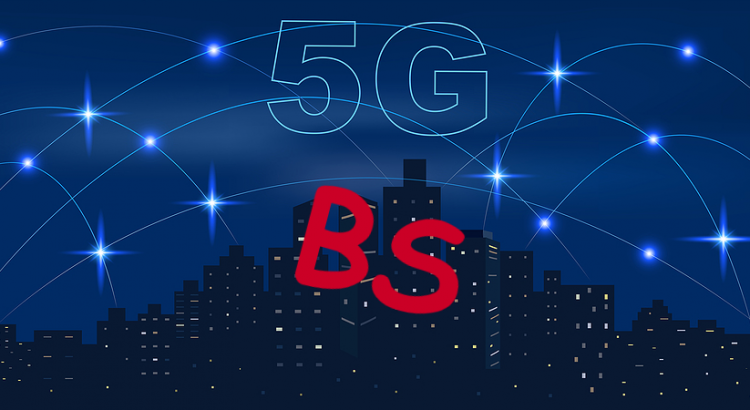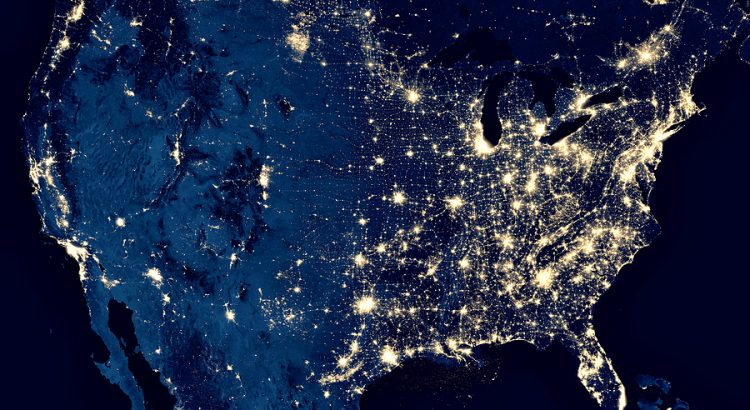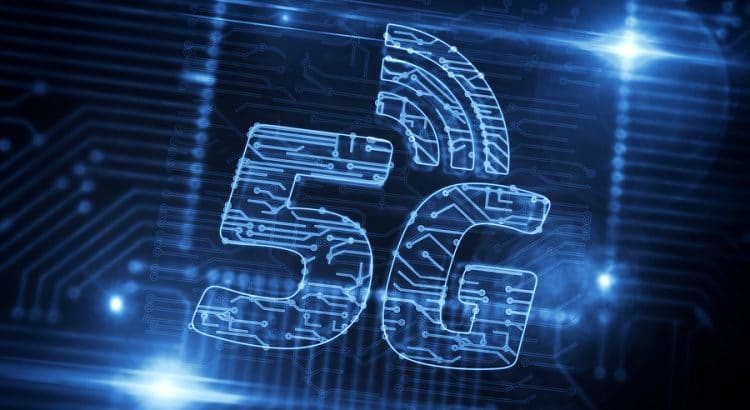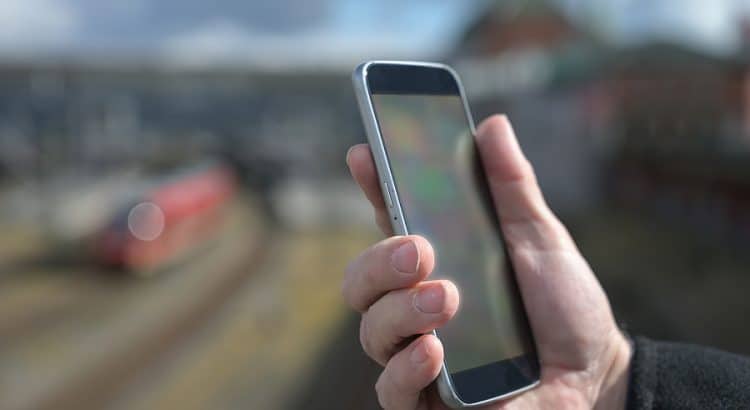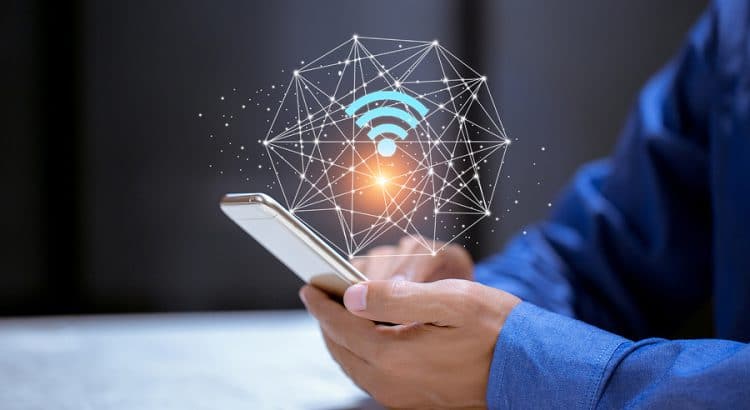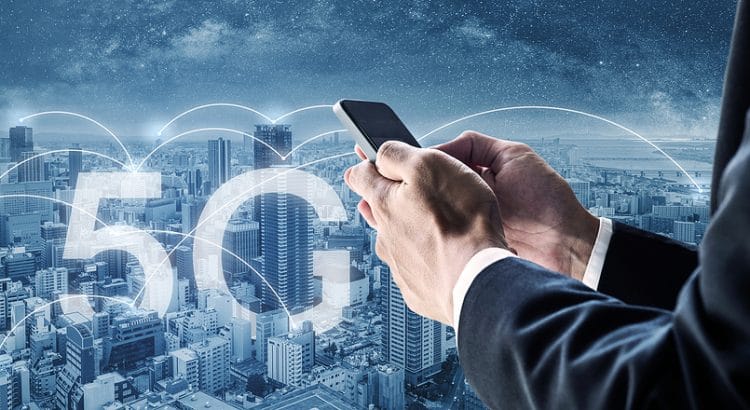T-Mobile just launched mid-band 5G in a bunch of cities. Here’s the key bit from the press release:
The expansion into mid-band 5G is exciting. While T-Mobile has been destroying its competitors in terms of 5G coverage, T-Mobile has relied mostly on slow, low-band 5G.
Twitter sweepstakes
In the press release, T-Mobile mentions a sweepstakes to encourage Twitter users to discuss T-Mobile’s 5G:
Interestingly, T-Mobile’s President of Technology, Neville Ray, criticized this sort of thing in a Tweet he shared the same day the sweepstakes launched:
I see 😳SO MANY😳 paid tweets talking Verizon 5G. Not many unsolicited, non-employee ones. Does it only exist where they pay people to say so? Does it exist at all? #5GBuiltRight?
— Neville (@NevilleRay) September 30, 2020
